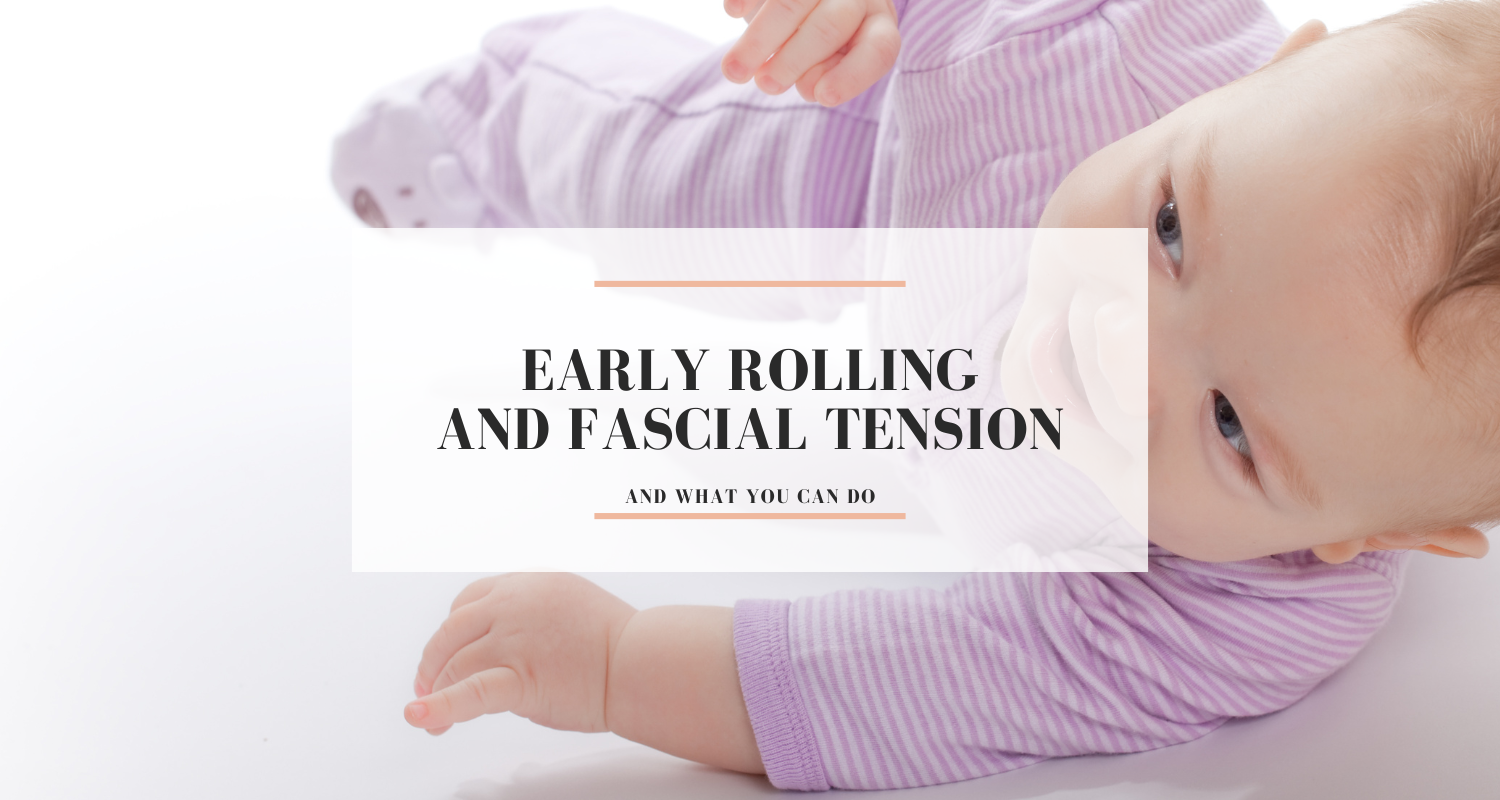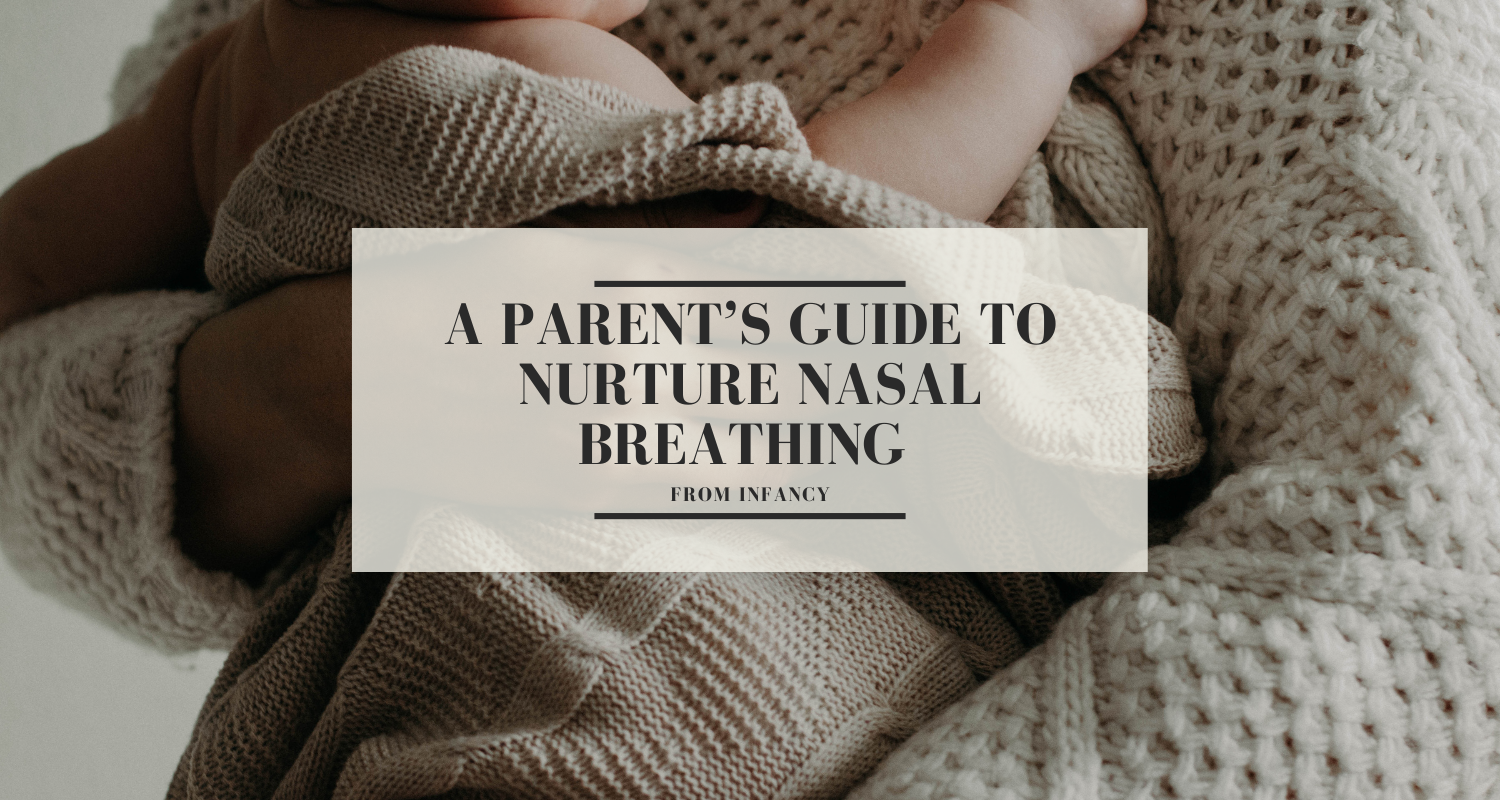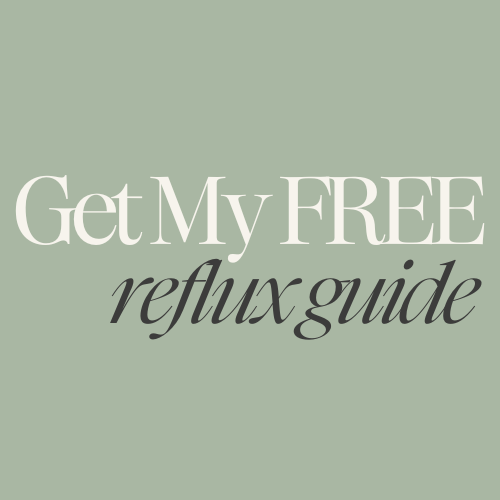A Parent’s Guide To Nurture Nasal Breathing From Infancy
Mouth breathing in children
Is your baby’s mouth hanging open during sleep or rest? It might seem like a harmless habit, but habitual mouth breathing in children can have a lasting impact on their face and jaw development. Paying attention to subtle signs like lips apart and the tongue resting low in the mouth can make a big difference in promoting optimal facial and jaw muscle development early on.
Signs to watch out for:
Persistent mouth breathing in babies may lead to issues such as chewing and swallowing problems, fussy eating, and speech challenges. It's not just about the physical aspects; mouth breathing may also be linked to behavioural and learning difficulties, prolonged bedwetting, tooth decay, and crooked teeth as children grow.
Long-term consequences of mouth breathing
Habitual mouth breathing can contribute to a range of issues, including asthma, allergies, autoimmune diseases, snoring, and anxiety. It's crucial to address early signs of mouth breathing to prevent these potential challenges. 🌬️
Did you know?
The prevalence of mouth breathing in children aged 3-9 is a staggering 55%! Understanding why nasal breathing is better for your child's health is key. The nasal cavity's internal design allows for the humidification, filtration, and warming of air before it reaches the lungs. Nasal breathing also promotes the production of nitric oxide, known for its anti-fungal, antiviral, and antibacterial properties.
Building Your Support Team:
Consider building a team of experts to address early signs of mouth breathing, including a skilled lactation consultant, a paediatric dentist specialising in treating oral restrictions, an orofacial myologist, and a cranial osteopath to address underlying strains and restrictions throughout the body.
Tips for encouraging nasal breathing and lip seal in infants:
Clear nasal congestion: Use a nasal saline spray to thin mucous caused by infant reflux for easier nasal breathing.
Address allergies: Consult health professionals to work through allergy issues.
Clear the air: Invest in an air purifier, keep the environment dust-free, and use hypoallergenic bedding.
Closed lips for sleeping: Gently lift your baby's chin to close their mouth while sleeping, encouraging lip seal.
Identify oral restrictions: Consult with health professionals to check for tongue tie affecting proper lip seal and nasal breathing.
Choose the right dummy/pacifier: Opt for one that promotes nasal breathing, like the Ninni Pacifier, to encourage good oral posture.
Breastfeeding: If possible, breastfeed your baby for better oral and facial muscle development.
Watch for sleep cues: Snoring, choking, coughing, or pauses in breathing during sleep might indicate paediatric sleep apnea. Consult your paediatrician for guidance.
Achieving optimal resting oral posture:
Optimal resting oral posture involves the correct alignment and positioning of the tongue, lips, and jaw when the mouth is at rest. Follow this quick guide:
Lips Together: Without tension or strain.
Tongue Suctioned to Roof: Tip of the tongue just behind the front teeth.
Teeth Slightly Apart: To ease stress on the jaw joint.
Breathe Through Your Nose: Engage the diaphragm.
Relaxed Jaw: No clenching.
No Muscle Activity During Swallowing: Maintain a relaxed posture.
Encouraging nasal breathing from infancy is so important for your child's overall health and well-being. Early intervention and positive habits can go a long way in promoting optimal oral development.
Loved this post? Pin the graphic!





When a baby experiences strain in their shoulder or arm, whether from their position in the womb or the birth process, it can affect their comfort, feeding and early movement. Understanding the signs and knowing how to support your baby can help them regain natural, pain free movement.